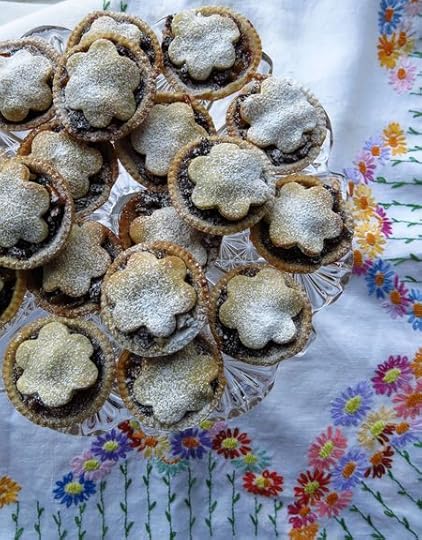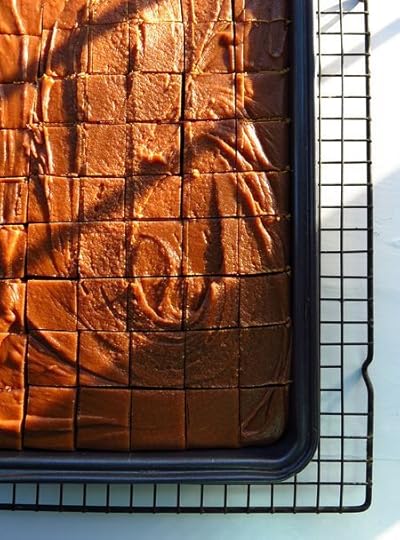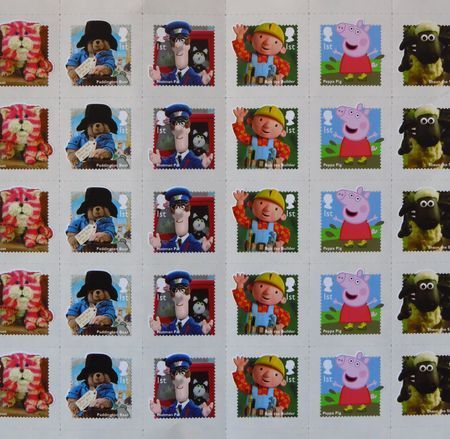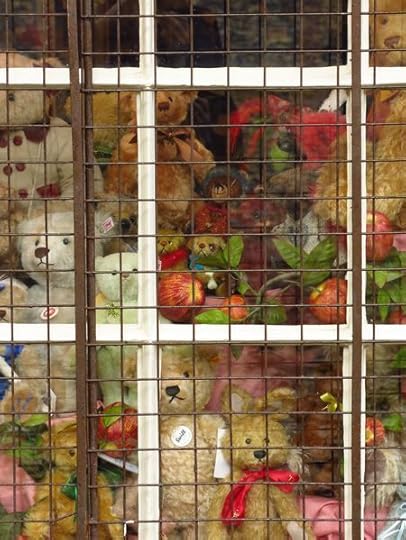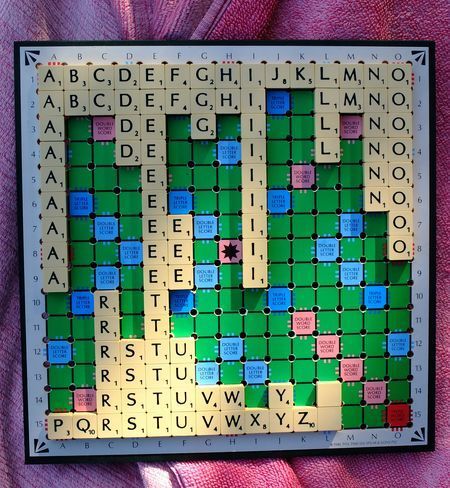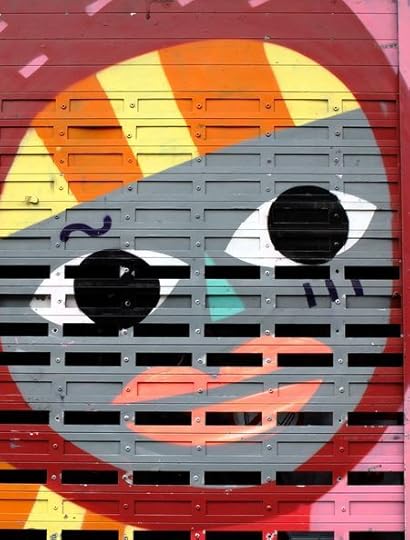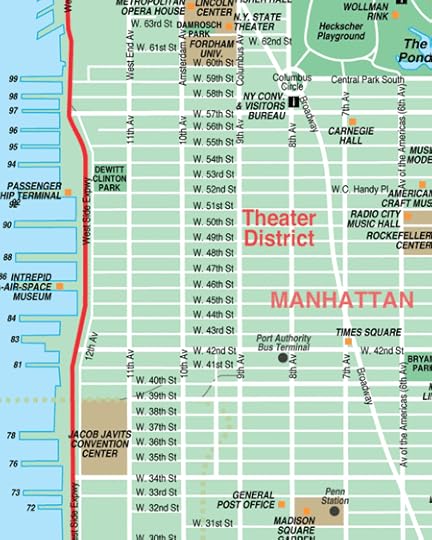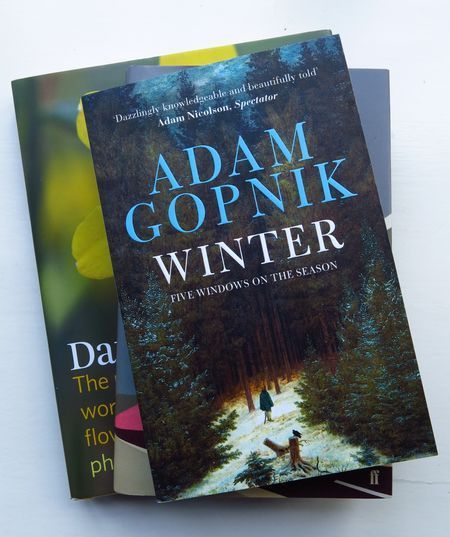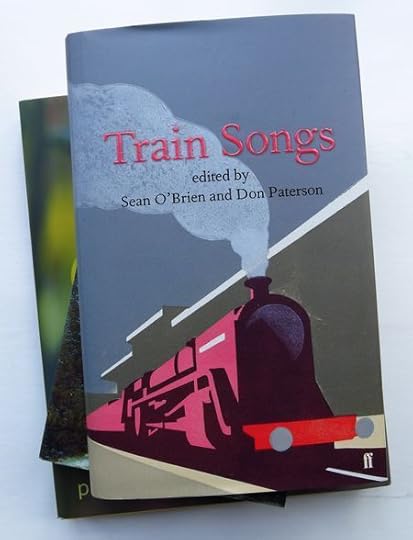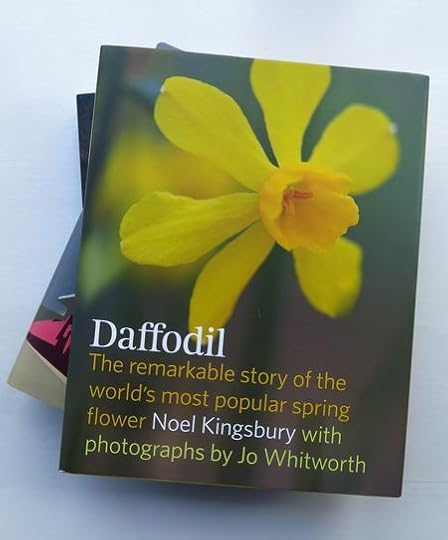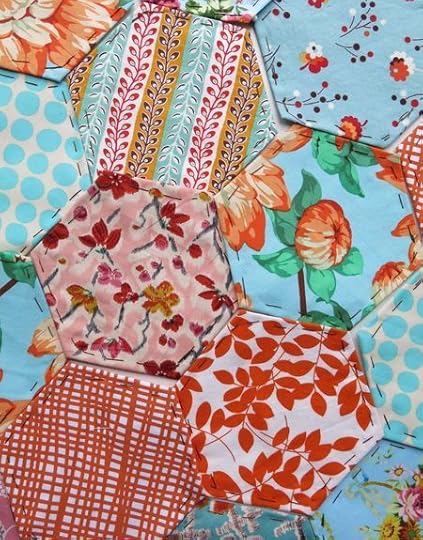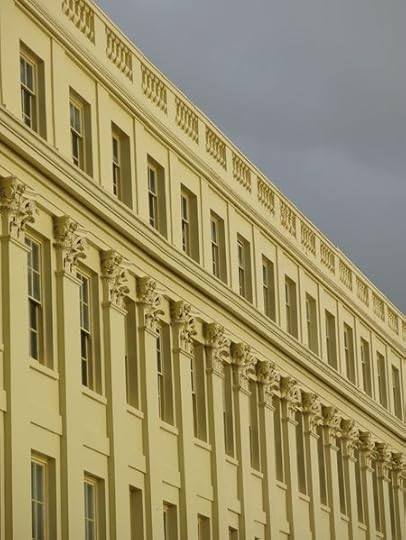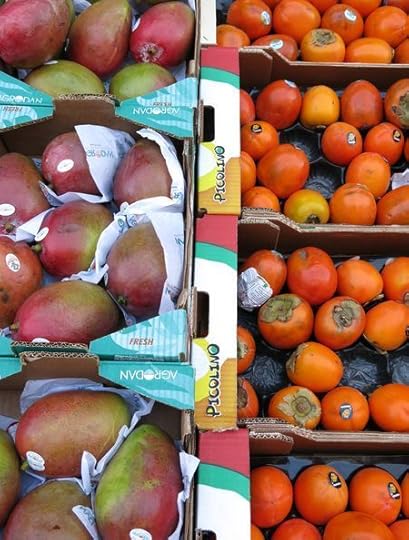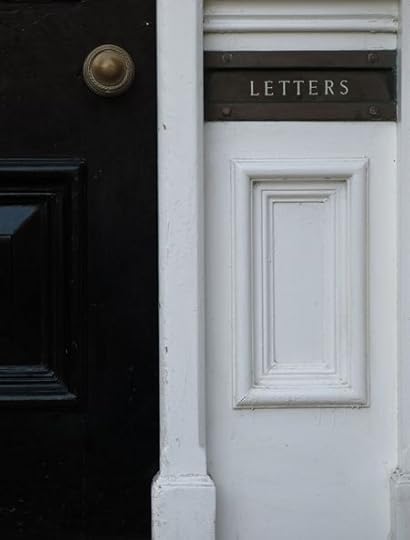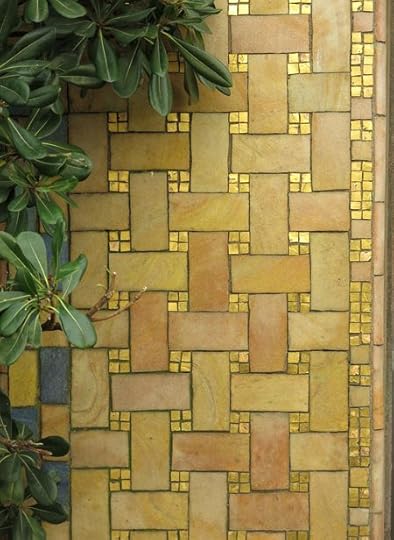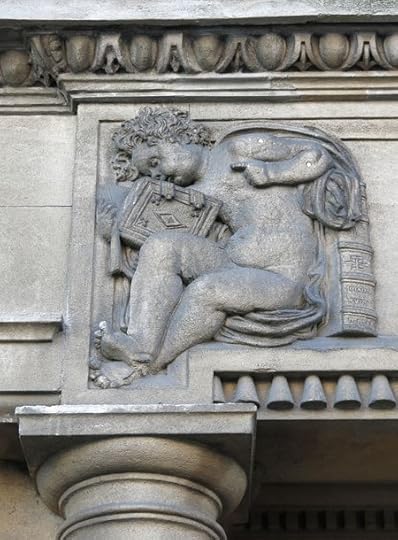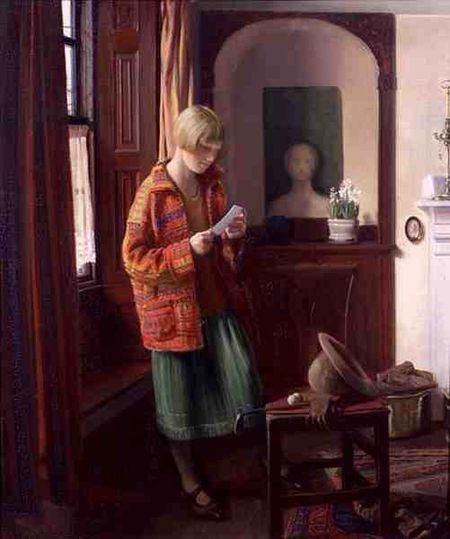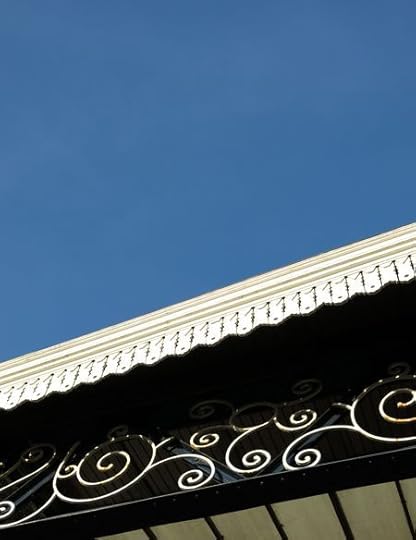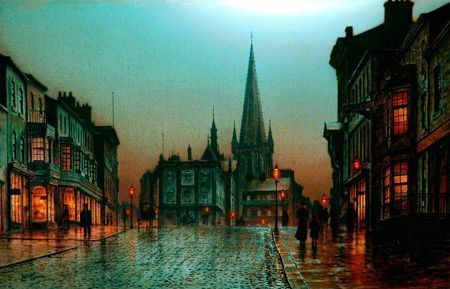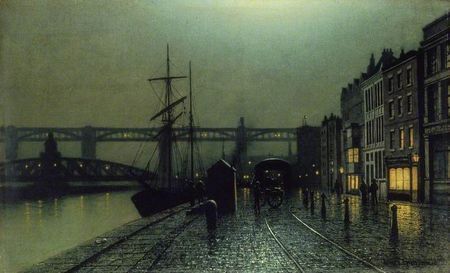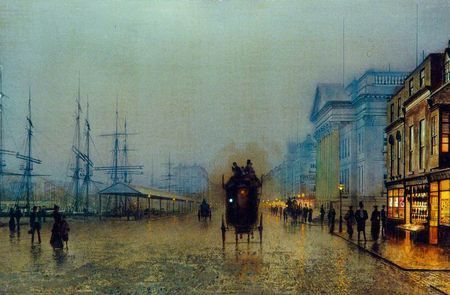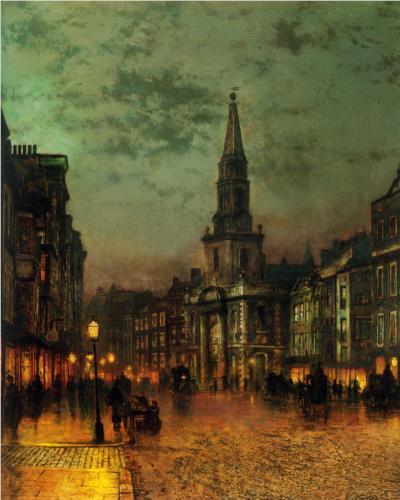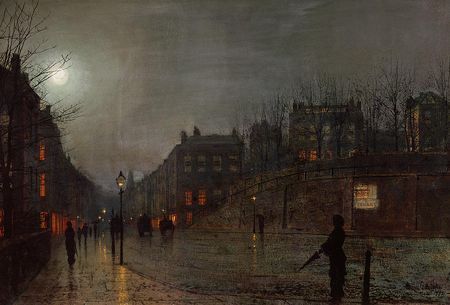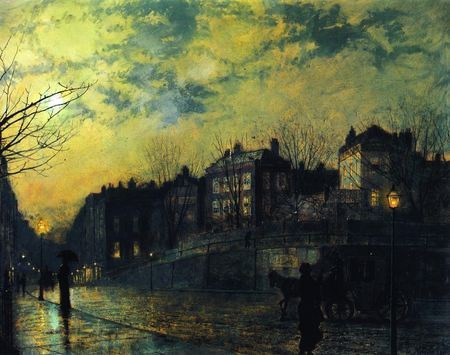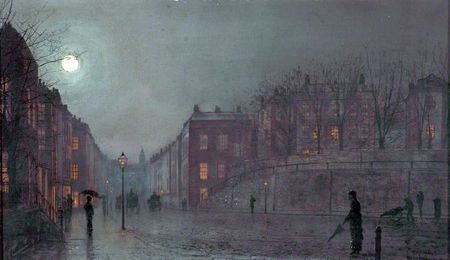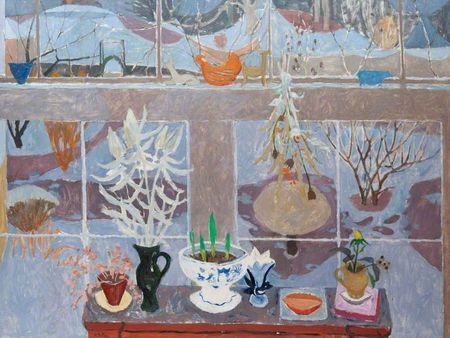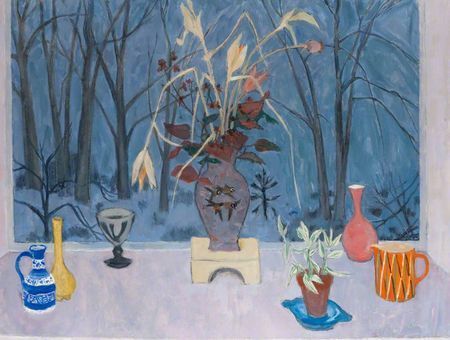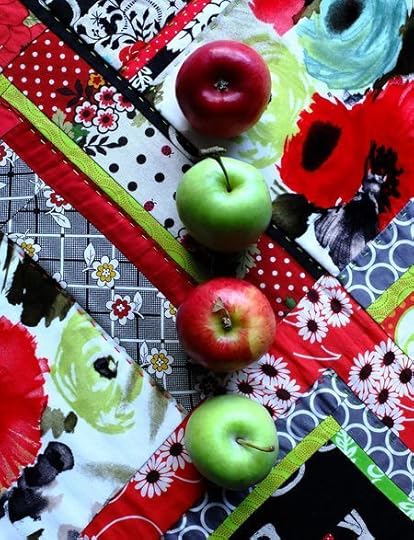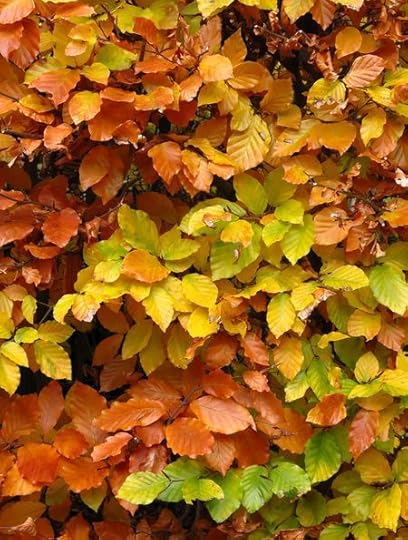Jane Brocket's Blog, page 12
December 23, 2013
christmas style
I read a great article about Margaret Howell in the FT on Saturday. It's an 'At Home' piece featuring her home in Suffolk, but at the end there's a little bit about MH's approach to Christmas. MH is 'looking forward to cooking, seeing friends and family and knitting in front of the television', and she says, 'I've always liked Christmas, the domesticity of it, making my own puddings and mincemeat, being at home and being a Mum'.
It's so far from the impossibly perfect and glittery scenes portrayed in so many magazines and TV programmes that I suddenly recognised it for my own ideal of Christmas. She (apparently) doesn't make a fuss, or worry about food or the house. Instead, she keeps to what she likes about Christmas and what she thinks are the important things, mainly family, friends, some seasonal cooking, and the pleasures of a break at home in winter.
She pretty much sums up our sort of Christmas, although I hadn't quite articulated it as succintly and as well. We now have the mincemeat in mince pies (above), the family at home, Elf on a loop,a and I have a pile of hexagons to stitch. I'd add books and walks and wellies and warm jumpers to the Christmas mix, but otherwise I'm with MH in being a pretty simple soul at this time of year.
(I love her style and aesthetic, but her wonderful clothes made out of classic fabrics such as cotton, tweed, linen and cashmere are way out of my range. However, the tastefully designed shop on Wigmore Street stocks some really good books on design subjects.
This is part two of the April profile.)
Happy Christmas, and here's to the cosy domestic sort.
December 19, 2013
great grids
Fudge. The floor is sticky, there's no more sugar in the cupboard, our arms are aching from beating, and we all feel slightly sick. Still, the results look nice when cut into a neat grid of squares.
More here on making this with Phoebe. The recipe sounds simple enough but as with anything that requires a sugar thermometer, it's tricky to make. So both batches had to be melted down again and reheated and rebeaten and reset. What should have taken about an hour took an afternoon and evening. All I want now is a packet of crisps.
Lovely stamps. I make a point of asking for interesting stamps; the last 'interesting' ones I had were were merchant navy ships, so I was very happy to get this sheet of jolly characters today. It makes sending stuff through the post - even bill payments - so much nicer when you can peel off Paddington Bear or Peppa Pig and stick him or her (?) on an envelope.
Imprisoned teddy bears. The security grid was taken off when the shop opened, but I preferred the effect with it on. They look so miserable, but it's a great window display (here).
Scrabble. Someone sorted out the board on holiday this summer. So much less competitive and therapeutic than actually playing. (It reminds me of sorting out Quality Street.)
Graffiti on shutters in Shoreditch. Like a coloured-in map of New York City.
I could go on all day looking at amazing grids (have you ever seen an aerial photo of Barcelona?) but I can't carry on for ever avoiding Christmas wrapping paper with its useful cutting grids on the reverse (which is where this post started). How did we ever manage without them?
December 17, 2013
keeping it simple
I'm in reading rather than making mode at the moment. It's a choice that's not easy to make, and actually isn't deliberate. Sometimes I need a large intake of words, and sometimes I prefer to make up my own as I use my hands. If I read, I read a lot and whenever I can, which doesn't leave time to quilt or knit or stitch. If I make, I don't read as much because I want to get things done. It's fine because either way I feel productive: I'm either finishing projects or finishing books.
My recent reading has been a real mix with no apparent connections. Except I now see that I've been reading books with remarkably simple, concise titles - Winter, Daffodil, Maps, Eat - and they all link to make a great December literary combination. I've also been reading books with simple two-word titles where both parts are necessary: Train Songs, Barbara Hepworth, Joan Eardley, and Nairn's Towns.
I do admire writers who can find (and keep) a brief title, especially when it's spot-on. I also respect writers who stick to their subject and what they know best. Winter has been criticised for including too much about ice hockey, but as the author grew up in Canada it seems a fair way to approach the subject of winter, even if it is a little alien to UK readers. Although there are good sections on cities in winter and Antarctica, the rest of the book is packed with cultural references and rather highbrow, as you'd expect from Adam Gopnik, so I think there's still room for a simpler but still thought-provoking book on winter.
Nigel Slater's book is incredibly simple, but it's almost too pared back and too reduced for someone who can write so evocatively about food. He's been writing recipes for so long now, he probably wishes he could just scribble out a few words on the back of an envelope - and this is pretty much what he's done here. I miss context, and I find it very difficult to get used to reading the right hand page then the left hand page.
I have experience of writing books that have to be suitable for more than one market, and know it's not easy. Sometimes, I wish publishers would accept that a writer is from a certain place (like Adam Gopnik) and that this is what makes him or her special, and is what gives their work a specific voice and personality. I am quite sure readers can cope with this, although many publishers think not. So this is why Train Songs includes mostly British poets who write about British trains, train journeys and stations (it's a wonderful selection), but also a few American poets who write about the equally atmospheric but very different American railroads. Instead of a compromise, I'd rather have than an anthology of train poems for each country - or a huge world railway anthology that includes India, Russia, South America, Africa and so on.
It's the same with Daffodil. This is a flower that is loved by so many people in this country, and the book reflects and explains its special status (much of which is due to the fact that it's so easy to grow). I have no doubt that many American growers love the daffodil, too, but in a book that covers so much UK history and UK growers and gardens, the profiles of the US growers feel bolted on, as though they are afterthoughts. Again, surely the US deserves its own celebration of the daffodil?
There are pros and cons with keeping it simple. Too simple and a book can become simplistic and devoid of texture. Not simple enough, and the book can be compromised. Something that could not be said of the brilliantly complex Barbara Hepworth and Joan Eardley, both of whose work I've seen recently, both of whom worked and worked to hone and simplify the way in which they expressed themselves in stone, wood, and paint, and whose biographies convey this vividly.
December 13, 2013
bookish
Thank you to everyone who came and said hello at Persephone Books yesterday as I sat and made hexagons (above) and enjoyed good talk of books, air filled with the spice of mulled wine, and tiny mince pies and clementines. I managed two visits to Sid's and had the type of excellent eggs, chips and beans and large tea that sets you to rights on a cold day. (We also shared a more sophisicated avocado, tomato and cream cheese toastie from Sid's with a glass a Madeira when we reached that moment at dusk when a little fortification is required).
I was particularly touched by readers who said really lovely things about my books, especially The Gentle Art of Domesticity. It is an amazing thing to be told that a book you have written has changed someone's life. It's one of those things I'd do well to remember more often, so thank you for taking the trouble to tell me. Days like this also remind me that I am very fortunate to have a wonderful group of book and blog readers who are interesting and positive, and so very nice in person.
While I'm on a bookish theme, I'm pleased to say that The Gentle Art of Domesticity is going to be republished as an ebook early in 2014. And I'm working away on the material for the book many people discussed with me yesterday, the one I've been thinking of for a while, the one it turns out many of you would like to read. So that's all good, as they say.
December 9, 2013
hove, actually
St Petersburg? No. Hove, actually.
Borough Market? Hove, actually.
Knightsbridge? Hove, actually.
Madrid? Hove, actually.
Tooting? Hove, actually. (A book-reading cherub at Hove Library.)
Tate Gallery? Hove, actually. (The Coat of Many Colours c1926 by Louis Ginnett, on display at Hove Art Gallery)
Hove? No. This is Brighton. The railway station which is on the way to Hove, actually.
Our privincial towns are far from crap.
December 7, 2013
tree styles
Seriously considering Harry for this year's tree. He's movable, too, so he can come into whichever room we are in.
[Thank you, Lucy, for giving Phoebe a birthday present we can all enjoy.]
December 5, 2013
special effects
[Wakefield, Upper Westgate (1896) Louis Hubbard Grimshaw - poor photograph on the BBC site]
Dusk from the outside, when the lights in shop and house windows are switched on and the street lights begin to glow, and the sky turns different colours, and buildings recede and people become indistinct, is one of my favourite moments of a winter's day.
John Atkinson Grimshaw is widely regarded as the master of fading light, dusk and moonlight, but he also had two sons who clearly learned from him. I imagine them (and the other siblings who also became painters) all setting up their easels in the middle of a busy main street or dock in Leeds or Hull or Glasgow or Newcastle, all vying for the best spot and competing to capture the best moment of dusk. Or maybe not.
[The Quayside, Newcastle-upon-Tyne (1895) Arthur Grimshaw]
The paintings may be dated but they are still brilliantly atmospheric. Unsurprisingly, Grimmie's paintings were immensely popular with Victorian collectors, and I can't think of many other British painters who have surpassed him particularly in the painting of urban twilight and moonlight scenes. I also like his sons' paintings which show even more brightly lit late Victorian scenes with fashionable shops ablaze with electric light.
[Liverpool Docks (1892) John Atkinson Grimshaw]
But Father Grimshaw is the master. He makes a tawdry or dull or ordinary street scene look beautiful at dusk - which is often is. Dusk masks and softens and makes towns and cities glow, rubs out eyesores and enhances theatricality.
[Blackman Street (1885) John Atkinson Grimshaw]
[Going Home at Dusk (1882) John Atkinson Grimshaw]
Dusk makes going home special. Just look at these three scenes of Hampstead at dusk, all painted in exactly the same place yet all with completely different effects. After years of bemoaning and dreading the loss of light, I realise that dusk is something to enjoy and even look forward to, because you never know what special effects it will bring.
[On Hampstead Hill (1881) John Atkinson Grimshaw]
[A View of Hampstead, London (1882) John Atkinson Grimshaw]
December 3, 2013
window on dusk
[Winter Dusk (1961-63) William George Gillies (1898-1973)]
Sometimes when I am working at home I hardly move from my chair and desk all day, and can only gauge what's happening beyond my study from the light outside the window. In December, I'm even more acutely aware of the light as it begins to fade earlier and earlier, and the shadows fill the room while the plants and trees in the garden grow blurred and indistinct. Although I dislike this loss of light, I'm more able than I used to be to find dusk beautiful, to appreciate how the darkening backdrop can make a lit room and the objects in it look special for a short while, and how for a moment the hovering greyness outside balances the warm glow indoors.
[Lit Window, Early Dusk William George Gillies]
I like looking this way, from the inside out, as Gillies does in these lovely paintings of the views from his home in Temple, a small village about ten miles south of Edinburgh. He captures and frames his window on dusk, the cast of electric light on objects and flowers and, of course, the feeling of security and warmth. It's all this, together with plants growing indoors while everything outside is dormant, that helps me see that winter dusk is something to behold.
December 1, 2013
stirring sunday
[quilt from Quilt Me!, out in January]
Somebody asked me if this is a Christmas quilt. This would make my family laugh; I don't make Christmas dinner, so a Christmas quilt is completely out of the question. I am happy for everyone to do and eat and make what they like at Christmas, but it doesn't always work the other way round; people are baffled and bemused when we say we don't send cards, put up decorations, or have a tree every year. And when it comes to Christmas dinner, they find it hard to believe we eat what we fancy eating. Sushi, home-made onion bhajis, barbeque, curry, fajitas, fishfingers and chips, and steak have all featured on Christmas day in our house, and every year we find ourselves having to explain that we simply don't like turkey and can't be bothered with faff and trimmings. Much better to eat something we all like and enjoy ourselves.
So it may seem contrary to say that I love making Christmas cake and mincemeat and mince pies. I've just spent a couple of hours mixing and peeling and stirring and grating, and now have a cake in the oven (with so many more glacé cherries than you ever get in a bought one) and a bowl of mincemeat developing flavour (with no cinnamon - the mainstay of bought mincemeat as far as I can tell). The trouble is that after doing this, I kind of feel it's quite enough. A few presents, some nice wine and silly indoor fireworks, Tom on sushi, Alice on prawn cocktails, Simon on the bbq and Phoebe on tinsel and a bûche de Noël, my brother and his family, and my sister and her family, and we've cracked it.
November 29, 2013
highlights
It hasn't turned out to be the spectacular autumn that was promised, but beech hedges and trees are an exception.
Enough Said was warm and funny and I liked James Gandolfini's character's refusal to be moulded and modified.
Love, Nina is also warm and funny. Alan Bennett and Mary-Kay Wilmers emerge as the heroes of the book, but so too does the entire household. It's totally engaging and very sharp, with no extraneous material (and I'm sure there could be so much more with this exceptional cast of characters). It's a book to make you laugh on a dark evening.
Googlebox. Alice has converted us, and we are now part of the group of people watching people watching TV. Yes, it too is warm and funny.
Liberty Bar is a cracking Maigret, one of the best so far. Antibes is warm, but not so funny, and the food are drink are excellent and very much part of the story.
Phoebe has an offer from one of her joint-first choice universities, which is a great relief. Not long now before she goes off somewhere new.
Making plans for what comes next. Something Simon and I are enjoying doing. Especially over a glass of wine.
Jane Brocket's Blog
- Jane Brocket's profile
- 27 followers


